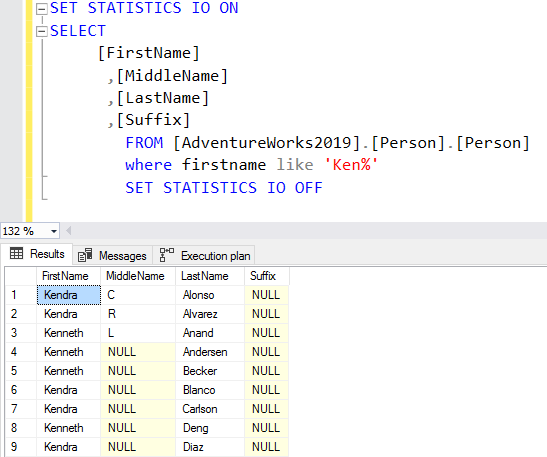Query optimization in DB2 is a crucial aspect of database management. By optimizing queries, you can improve the performance and efficiency of your database, leading to faster response times and better overall user experience. In this article, we will explore some key strategies for optimizing queries in DB2.
Understand the Query Execution Plan
Before you can optimize a query, it is essential to understand how it is executed by the DB2 optimizer. The query execution plan outlines the steps the database engine will take to retrieve the requested data. By reviewing the execution plan, you can identify inefficiencies and bottlenecks that may be slowing down your queries.
Use Indexes Wisely
Indexes are essential for efficient query performance in DB2. Indexes allow the database engine to quickly locate the desired data without having to scan the entire table. However, having too many indexes on a table can actually decrease performance. It is crucial to carefully consider which columns should be indexed and regularly evaluate the effectiveness of your indexes.
Optimize Join Operations
Join operations can be a significant source of performance issues in DB2 queries. To optimize join operations, ensure that you are using the appropriate join type for your query. Additionally, consider restructuring your query to limit the number of records being joined, as this can greatly improve performance.
Monitor Query Performance
Regularly monitoring query performance is essential for identifying areas of improvement. Use tools like IBM Data Studio to track query execution times, CPU usage, and other performance metrics. By analyzing this data, you can pinpoint query bottlenecks and make necessary optimizations to improve overall performance.
Update Statistics Regularly
Statistics play a crucial role in query optimization in DB2. By updating statistics on tables and indexes regularly, you are providing the query optimizer with accurate information about the data distribution in your database. This, in turn, helps the optimizer make better decisions when creating query execution plans.
Consider Using Materialized Views
Materialized views can significantly improve query performance by precomputing and storing the results of complex queries. By using materialized views, you can reduce query execution times and offload some processing from the main database. However, it is essential to carefully consider when and how to use materialized views to avoid unnecessary overhead.
Conclusion
Query optimization in DB2 is a critical process for improving database performance. By understanding the query execution plan, using indexes wisely, optimizing join operations, monitoring query performance, updating statistics regularly, and considering materialized views, you can significantly enhance the efficiency and speed of your queries. Remember to regularly review and refine your optimization strategies to ensure optimal performance in your DB2 database.
